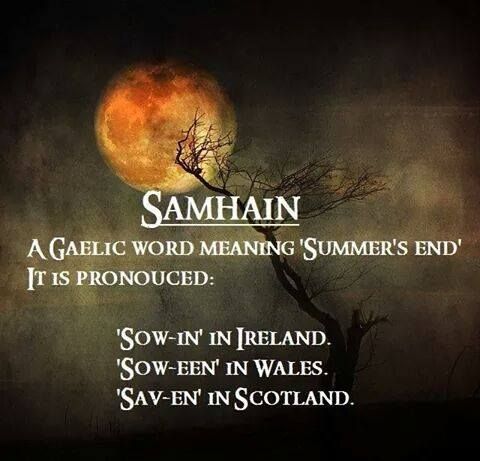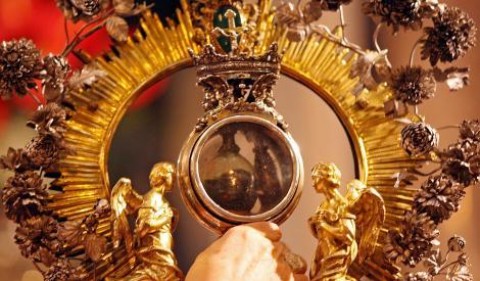“Winter is coming!” Samhain, the Celtic festival more commonly known as “Hallowe’en,” was considered the first day of winter in the Middle Ages and Renaissance. Marking the day halfway between the autumnal equinox and the Winter Solstice, Samhain marked the beginning of the sun’s descent into darkness and the world’s embrace by the growing cold. Both these trends would be reversed at the Winter Solstice, marking the “midpoint” of the Winter season.
Like Beltane, on April 30-May 1, Samhain was seen as a time when the ‘door’ to the Otherworld opened enough for the souls of the dead, and other beings such as fairies, to come into our world. The souls of the dead were said to revisit their homes on Samhain. Lewis Spence described it as a “feast of the dead” and “festival of the fairies”. However, harmful spirits and fairies were also thought to be active at Samhain. People took steps to allay or ward-off these harmful spirits/fairies, which is thought to have influenced today’s Halloween customs. The practice of lighting bonfires during Hallowmas may have been a Christianized one, as the Celts lit bonfires during Samhain as well.
Big stores of Hallowe’en costumes and decorations have opened all over Manhattan. I will get out my hooded cape that I usually wear during the last week of October. I think that November 1 is also the day that we give up Daylight Savings Time this year and “fall back” an hour. The huge NYC Marathon will also be run on November 1 this year. How will YOU be marking this year’s descent into darkness at the end of October?



